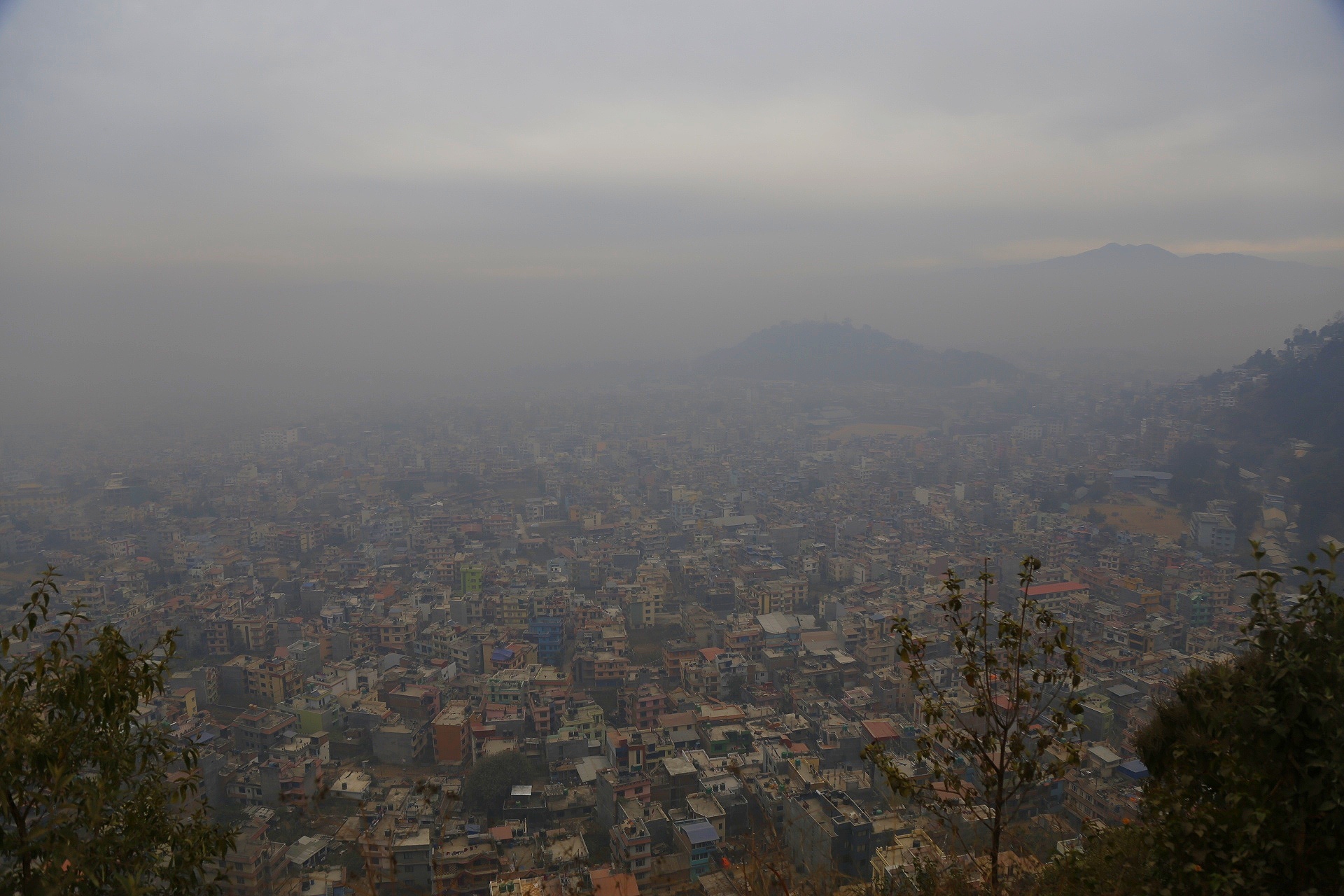Report on Air Quality Action Day in North Central and Northwest Indiana
Issuance of Environmental Alert
The Indiana Department of Environmental Management (IDEM) has issued an Air Quality Action Day (AQAD) for a minimum 24-hour period. The alert is a direct result of atmospheric smoke from Canadian wildfires being transported into the Great Lakes region. The primary concern is the anticipated concentration of fine particulate matter, which is expected to reach levels classified as “Unhealthy for Sensitive Groups,” corresponding to the “Orange” category on the Air Quality Index (AQI).
Geographic Areas Under Alert
The AQAD is in effect for the following regions and municipalities:
- North Central Indiana: Including, but not limited to, the cities of Elkhart, Goshen, Knox, Logansport, Plymouth, Peru, South Bend, Warsaw, and Winamac.
- Northwest Indiana: Including, but not limited to, the cities of Crown Point, Gary, Hammond, Kentland, LaPorte, Michigan City, Portage, Rensselaer, and Valparaiso.
Implications for United Nations Sustainable Development Goals (SDGs)
This environmental event directly impacts the progress toward several key Sustainable Development Goals, highlighting the interconnectedness of environmental health, human well-being, and global climate patterns.
SDG 3: Good Health and Well-being
The issuance of an AQAD underscores a significant threat to public health. Elevated levels of fine particulate matter pose risks of respiratory and cardiovascular problems, directly challenging the objective of ensuring healthy lives and promoting well-being for all ages.
- The “Unhealthy for Sensitive Groups” classification specifically points to the vulnerability of children, the elderly, and individuals with pre-existing health conditions, jeopardizing inclusive health outcomes.
- This event serves as a critical reminder of the environmental determinants of health.
SDG 11: Sustainable Cities and Communities
The air quality degradation compromises the goal of making cities and human settlements inclusive, safe, resilient, and sustainable.
- Poor air quality reduces the overall quality of life in urban centers and disrupts daily activities.
- It demonstrates the vulnerability of communities to transboundary pollution, emphasizing the need for robust environmental monitoring and management systems within urban planning.
SDG 13: Climate Action
The root cause of the air pollution—widespread wildfires—is increasingly linked to climate change, which exacerbates conditions like drought and high temperatures that fuel such events. This incident highlights the urgent need for climate action.
- It serves as a tangible consequence of climate-related natural disasters, affecting regions far from the source.
- Addressing climate change is crucial to mitigating the frequency and intensity of wildfires and, consequently, their impact on global air quality.
SDG 15: Life on Land
The Canadian wildfires represent a significant degradation of terrestrial ecosystems. This event connects directly to the goal of protecting, restoring, and promoting the sustainable use of forests.
- The loss of forest ecosystems not only impacts biodiversity and carbon storage but also has far-reaching consequences, such as the air quality crisis currently affecting Indiana.
- This underscores the importance of sustainable forest management and wildfire prevention strategies as integral components of preserving life on land.
1. Which SDGs are addressed or connected to the issues highlighted in the article?
SDG 3: Good Health and Well-being
- The article directly addresses health concerns arising from poor air quality. The issuance of an “Air Quality Action Day” and the classification of air quality as “Unhealthy for Sensitive Groups” highlight the immediate health risks posed by air pollution, which is a core component of SDG 3.
SDG 11: Sustainable Cities and Communities
- The alert is specifically for “several North Central and Northwest Indiana cities.” The article focuses on the environmental conditions within these urban areas, linking directly to the goal of making cities safe, resilient, and sustainable by managing urban air quality.
SDG 13: Climate Action
- The source of the air pollution is identified as “Canadian wildfire smoke.” Large-scale wildfires are increasingly recognized as a climate-related hazard. The article discusses a direct consequence of this hazard, connecting the local air quality issue to broader climate patterns and the need for climate action and adaptation.
2. What specific targets under those SDGs can be identified based on the article’s content?
Target 3.9
- “By 2030, substantially reduce the number of deaths and illnesses from hazardous chemicals and air, water and soil pollution and contamination.” The article’s focus on an “Air Quality Action Day” due to “fine particulate matter” from wildfire smoke directly relates to mitigating illnesses caused by air pollution.
Target 11.6
- “By 2030, reduce the adverse per capita environmental impact of cities, including by paying special attention to air quality…” The entire article is about an official alert regarding poor air quality in numerous cities, demonstrating a direct connection to this target.
Target 13.1
- “Strengthen resilience and adaptive capacity to climate-related hazards and natural disasters in all countries.” The wildfire is a climate-related hazard, and the issuance of an Air Quality Action Day by the Indiana Department of Environmental Management (IDEM) is an example of an adaptive measure to protect the population from its effects.
3. Are there any indicators mentioned or implied in the article that can be used to measure progress towards the identified targets?
Fine Particulate Matter Levels
- The article explicitly mentions that the alert was issued because “fine particulate matter levels in the area to be in the ‘Unhealthy for Sensitive Groups’ or ‘Orange’ range.” This is a direct measurement used to assess air quality and is related to indicator 11.6.2 (Annual mean levels of fine particulate matter (e.g. PM2.5) in cities).
Air Quality Index (AQI)
- The article includes a graphic and caption explaining the AQI, describing it as a “yardstick that runs from 0 to 500” to measure the level of air pollution and associated health concern. The AQI is a key indicator for monitoring air quality in relation to public health (SDG 3) and urban environmental quality (SDG 11).
Issuance of Air Quality Action Days (AQAD)
- The declaration of an “Air Quality Action Day” itself serves as an indicator of a country’s or region’s system for monitoring and responding to environmental hazards. This reflects the adaptive capacity mentioned in Target 13.1.
4. Table of SDGs, Targets, and Indicators
| SDGs | Targets | Indicators |
|---|---|---|
| SDG 3: Good Health and Well-being | 3.9: Substantially reduce deaths and illnesses from air pollution. | Air Quality Index (AQI) value and its associated health concern level (e.g., “Unhealthy for Sensitive Groups”). |
| SDG 11: Sustainable Cities and Communities | 11.6: Reduce the adverse per capita environmental impact of cities, paying special attention to air quality. | Levels of “fine particulate matter” in cities, categorized by the “Orange” range on the AQI scale. |
| SDG 13: Climate Action | 13.1: Strengthen resilience and adaptive capacity to climate-related hazards. | The implementation of a public alert system, such as the “Air Quality Action Day (AQAD),” to respond to a hazard (wildfire smoke). |
Source: 21alivenews.com







